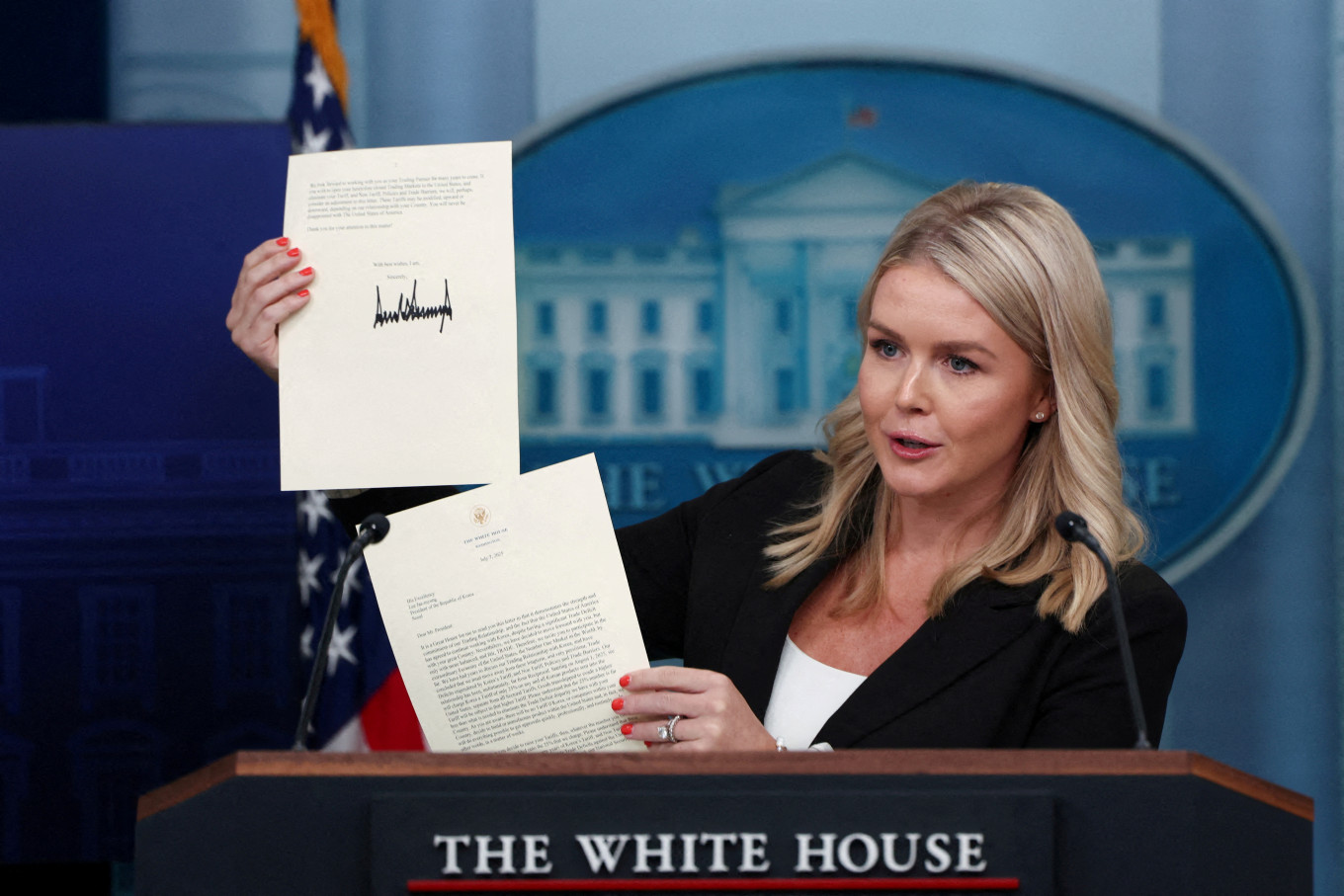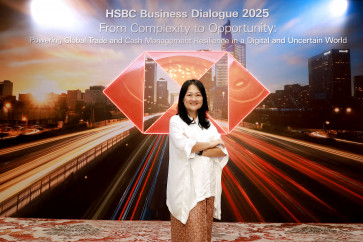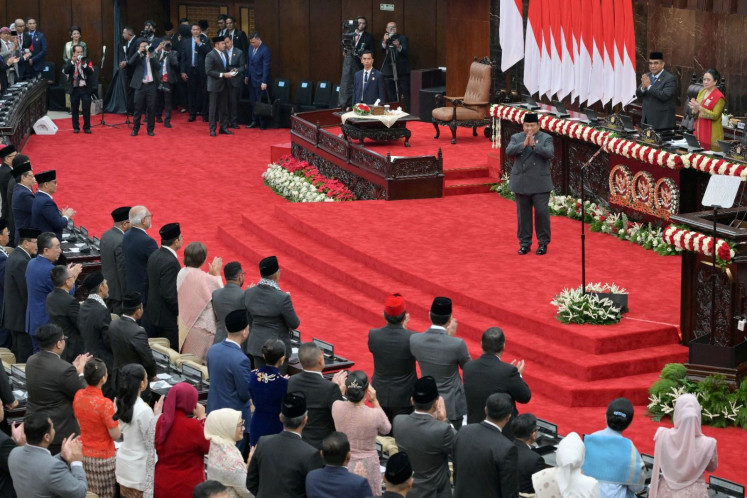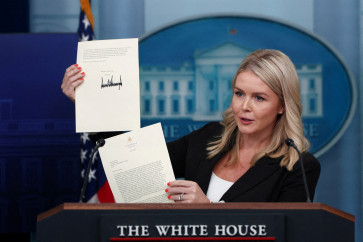Popular Reads
Top Results
Can't find what you're looking for?
View all search resultsPopular Reads
Top Results
Can't find what you're looking for?
View all search resultsWill the Indonesia-US deal boost or blur FDI potential?
Will this deal encourage long-term investments, or does it expose Indonesia to short-term trade pressure without building real industrial strength?
Change text size
Gift Premium Articles
to Anyone
T
he recent trade deal between Indonesia and the United States has been framed as a diplomatic win. Indonesia avoided a looming 32 percent retaliatory tariff by agreeing to a 19 percent rate. In return, it opened its market to American goods and committed to purchasing over US$34 billion worth of US exports, from Boeing jets to energy and agricultural products.
But beyond the optics of this headline victory lies a more complex question: What does this deal mean for Indonesia’s ability to attract foreign direct investment (FDI)? Will this deal encourage long-term investments, or does it expose Indonesia to short-term trade pressure without building real industrial strength?
To answer that, we need to look beyond tariff rates and examine how this agreement positions Indonesia in the broader architecture of global trade and capital flows, especially in relation to Vietnam, a regional competitor that recently concluded its own deal with the US.
While both countries faced pressure from the US under its renewed trade enforcement stance, the outcomes reflect two different negotiation strategies, and possibly two diverging FDI trajectories.
Vietnam’s deal, concluded earlier this month, included a 20 percent tariff and a 40 percent penalty on suspected trans-shipped goods. But, unlike Indonesia, it did not commit to major US purchases or sweeping tariff cuts. Instead, it positioned itself as a stable, export-driven manufacturing hub aligned with US interests, without making big concessions.
Vietnam also committed to streamlining its import regulations and cooperating on immigration and customs cooperation. It opened US access to Vietnam’s agriculture, tech and energy markets. In short, it was seen as a strategic move that reinforced Vietnam’s growing role in the US-led “China+1” supply chain strategy.
By contrast, Indonesia’s agreement relies heavily on market access and large-scale purchase commitments. While it may attract US investment in energy and mineral sectors, especially nickel for EVs, the scale and imbalance of its concessions highlight Indonesia’s weak bargaining power and persistent vulnerability in a shifting global order.



















